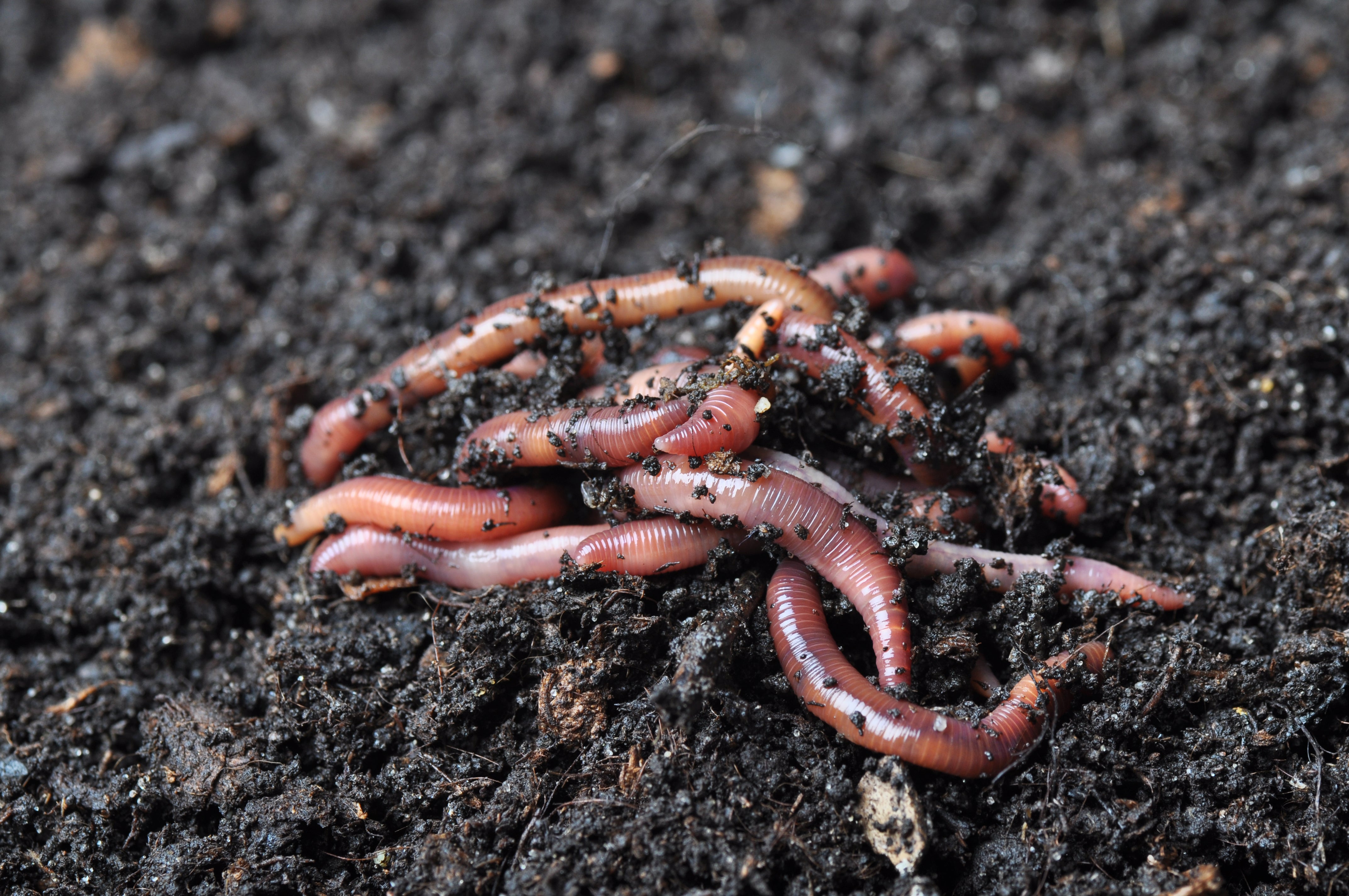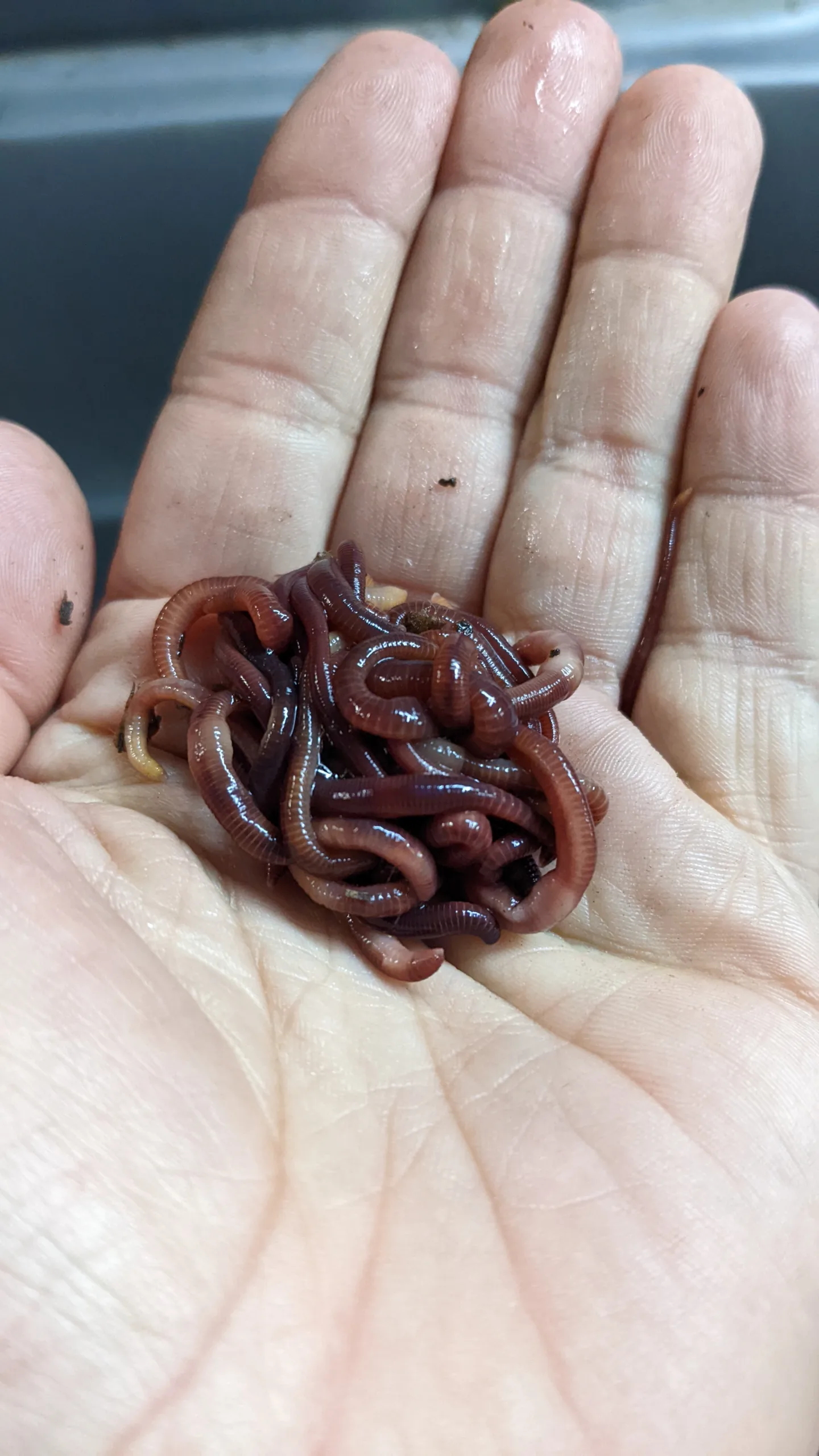The Ultimate Guide to Caring for Red Wigglers in Your Yard
Caring for red wigglers in your garden is an essential part of sustainable composting techniques that can considerably enhance dirt health and fertility. Comprehending their details habitat requirements, dietary preferences, and upkeep demands is important for cultivating a productive vermicomposting atmosphere.
Recognizing Red Wigglers

Red wigglers are defined by their reddish-brown coloration and segmented bodies, which can grow up to 4 inches in length.Comprehending the organic and ecological requirements of red wigglers is crucial for effective composting. By fostering the ideal problems for red wigglers, garden enthusiasts can boost dirt fertility and advertise lasting horticulture techniques.
Establishing Up the Habitat
Producing an optimum environment for red wigglers is crucial for optimizing their composting performance and total wellness. A suitable environment includes variables such as bed linen, temperature, and wetness materials. Red wigglers grow in a moist, dark setting with a temperature series of 55 to 77 levels Fahrenheit. It is essential to check these conditions very closely, as severe temperatures can affect their task and reproduction.
When picking a container, pick one that is well-ventilated to permit air flow while protecting against excess moisture loss. Plastic containers, wood boxes, or specialized worm containers are all reliable choices. All-time low of the container must have drain holes to stop water buildup, which might result in anaerobic problems dangerous to the worms.
Routinely check the moisture level of the bedding, and add water as needed to preserve the perfect moisture. By establishing these problems, you will certainly develop a successful atmosphere for your red wigglers, motivating efficient composting and healthier worm populations.
Choosing the Right Food
Selecting the proper food for red wigglers is crucial for their health and composting efficiency. These worms prosper on a balanced diet regimen that consists of a selection of organic products.
Red wigglers choose food that is chopped or shredded, as this enhances surface and promotes extra effective food digestion. In addition, presenting food in percentages stops overfeeding, which can result in anaerobic conditions harmful to worm health and wellness. Keeping track of the worms' consuming routines can likewise give insights; if the food is consumed swiftly, consider gradually increasing the amount.

Maintaining Moisture and Temperature Level
A balanced diet is only visit part of the formula when it involves guaranteeing the health of red wigglers; keeping appropriate wetness and temperature is equally crucial. Red wigglers flourish in a moist setting, preferably between 70-85 ° F(21-29 ° C) This array supports their metabolic processes and boosts their ability to break down raw material effectively.
Alternatively, extreme wetness can produce anaerobic problems, which might hurt the worms and create undesirable smells. Consistently checking the moisture web content and changing as necessary is important for a growing worm population.
To reduce temperature level extremes, think about using insulation for outside bins or relocating the bin to a temperature-controlled or shaded location. By thoroughly handling both wetness and temperature, you develop an optimum setting for red wigglers, boosting their productivity and overall wellness.
Harvesting Garden Compost and Care Tips
Harvesting compost from your red wigglers is a rewarding process that not just benefits your garden but also improves the effectiveness of your worm bin - Where to buy red wigglers. To begin, pick a harvesting technique that suits your configuration-- this post whether it's the tray, pyramid, or standard bin technique. Each method permits for the separation of garden compost from worms effectively
To gather, you can delicately dig deep into the compost from one side of the container, enabling worms to move to the undisturbed side. You can use light to encourage worms to tunnel deeper, making it easier to collect the finished compost.
Care pointers after collecting consist of restoring your worm container with fresh bed linens and food scraps to maintain a healthy worm populace. Guarantee that the dampness and temperature level levels continue to be optimum, and consistently keep an eye on for any kind of indicators of distress amongst the worms. By adhering to these practices, you'll ensure a sustainable cycle of compost production that enhances your yard.
Final Thought
In final thought, the effective care of red wigglers necessitates a comprehensive understanding of their environment, nutritional demands, and environmental conditions. Developing a suitable habitat with appropriate air flow and dampness degrees is necessary for fostering their health and wellness and efficiency.
By developing these problems, you will develop a thriving environment for your red wigglers, urging reliable composting and healthier worm populations.
The pH level of the food is one more important element; red wigglers thrive in a somewhat acidic to neutral atmosphere.A well balanced diet is only component of the equation when it comes to guaranteeing the health of red wigglers; preserving appropriate moisture and temperature is equally vital. By thoroughly handling both moisture and temperature level, you develop an ideal setting for red wigglers, enhancing their efficiency and total wellness.
Gathering garden compost from your red wigglers is a fulfilling procedure that not only benefits your garden but likewise enhances the effectiveness of your worm container.